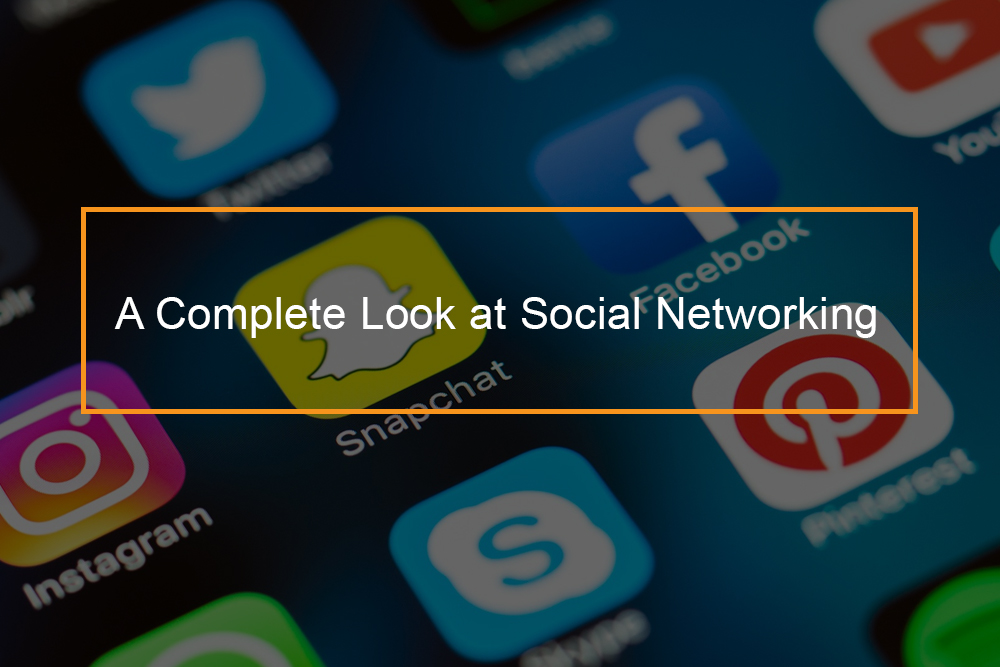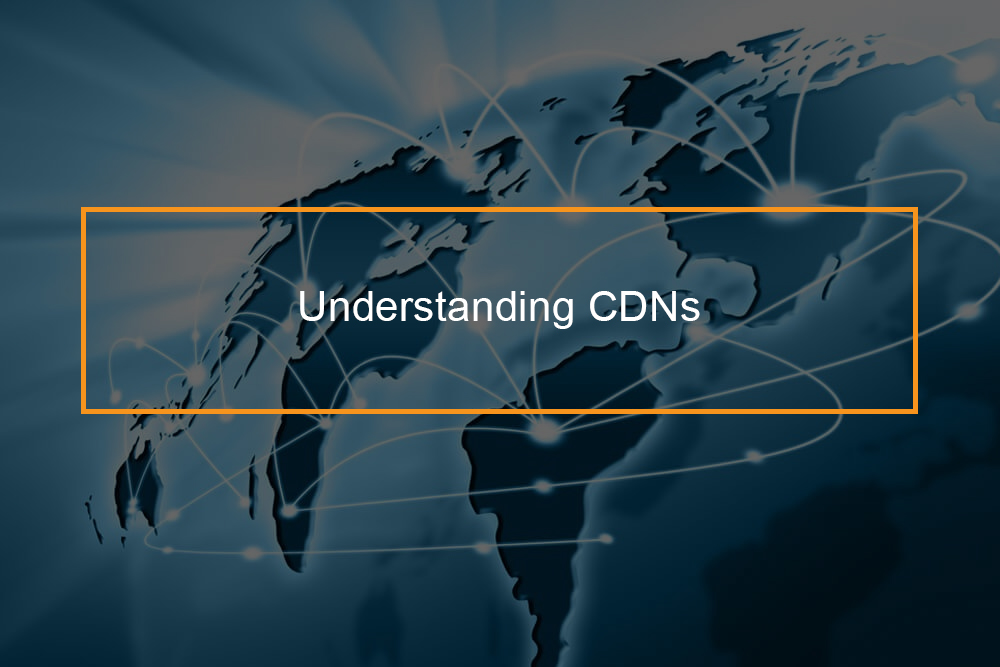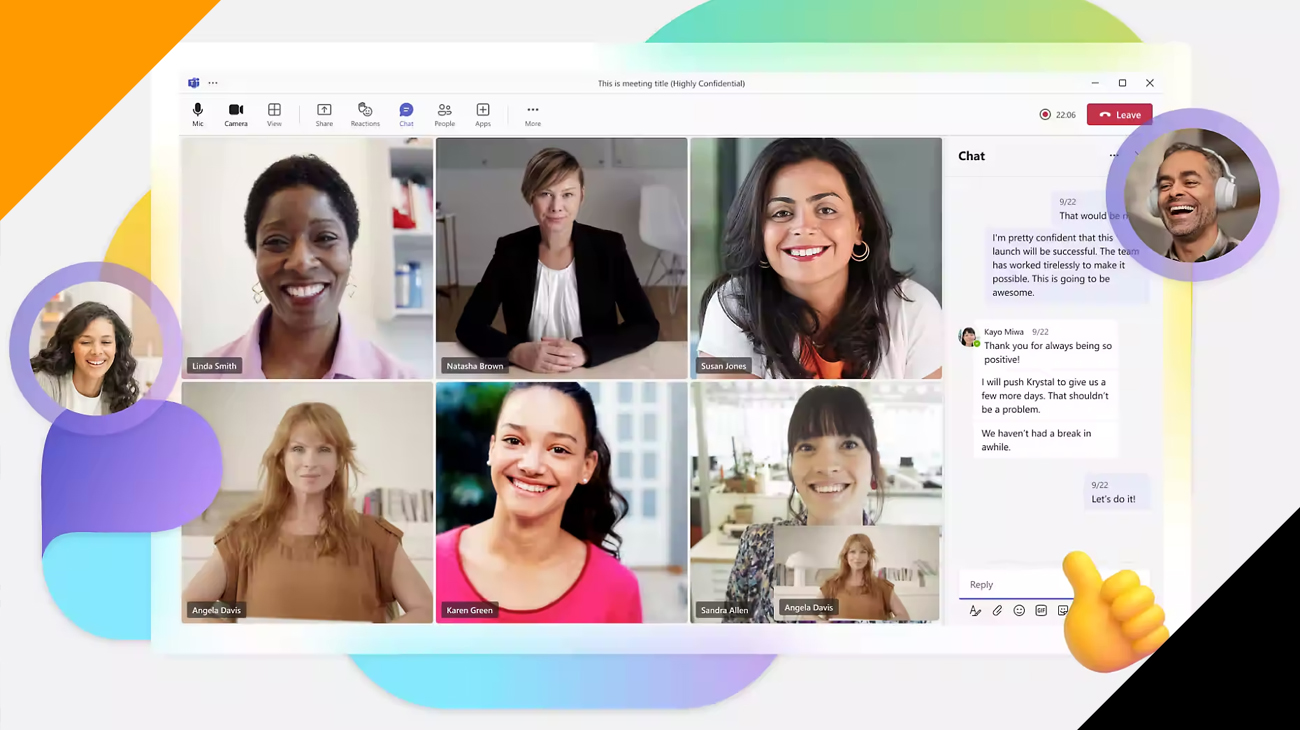
You may have heard about the phrase “global village” when discussing how people from different parts of the world are able to interact with each other seamlessly. A lot of the credit goes to social media platforms and social networking efforts. This article will go deep in this subject of social networking and its impact.
What is Social Networking?
Defining social networking
Social networking is making use of internet-based social media programs to make connections with family, friends, consumers, and clients. Social networking can occur for both business and social purposes, via sites such as LinkedIn, Facebook, Classmates.com, Twitter, and Yelp. Social networking is likewise a considerable target point for online marketers looking to engage users.
Breaking down Social Networking
Marketing professionals make use of social networking for raising brand awareness. Due to the fact that it makes the business more available to new customers and even more identifiable for existing clients, social networking promotes a brands’ name voice and also web content. A regular Twitter user might hear of a brand for the very first time in the news feed and decide to become their customer. The more people are aware of your company’s brand, the better the business possibilities and chances of acquiring new customers and sustaining the ones you have.
https://www.youtube.com/watch?v=P2_vNXJqO84
Social Networking and Social Media
What is Social Media and how does it differ from Social Networking?
Social media is the collective of online communication channels committed to community-based input, collaboration, content-sharing and also interaction.
The Main Differences between Social Media and Social Networking
Trying to determine the difference between Social Media and Social Networking is very tough because they are so similar. However, we have managed to come up with five major differences.
The style of communication
You do all of the talking on social media. You’re publishing content-images, video, e-books, infographics, and more and also trying to create interaction with your fans and followers, and inevitably hoping that they engage with your brand name or take action.
With social networking, there is a need to talk and importantly listen. If you keep joining groups and networks on social media, and yet you do all the talking-posting about your brand name as well as tooting your horn-you’re not going to get the sort of respect that you most likely are entitled to, and you’re likely going to lose out on some great possibilities due to the fact that you’re not paying attention.
You have to make an effort to listen as well as involved with others if you want to be great at social networking.
Goals
Probably the greatest distinction between social media and social networking is the objective that you’re attempting to attain.
With social networking, your supreme goal is to build your network of fans/followers as well as foster those partnerships. Whether or not those relationships bring about the new clients is an unknown. However, it’s not the main goal.
Social media varies since while you’re trying to create buzz and communication, you additionally want to boost your bottom line, and that means data procurement for lead generation as well as sales for eCommerce.
Content
The content material is so important to every aspect of marketing, while you need good content for both social networking and social media, the type of content will slightly differ.
In social networking, it’s many rich questions and discussions. You’re having deep, insightful discussions with people in hopes of sparking a connection as well as gaining a new follower or fan while expanding your referral network.
When it comes to social media, you’re trying to drive interaction. You can not do this with just the 250-word Facebook posts. No, you require to be posting photos, infographics, videos, and various other purposeful pieces of material to maintain the interest and involvement of your audience.
The content can overlap. However, the main difference is how you use it.
Time & Effort
If you’re an energetic brand name on social media, you’re probably using a device like Sprout Social or Hootsuite to help save time and also determine the analytics behind your initiatives. You can develop your articles and also arrange them out days in advance, and then kick back and see the involvement that takes place.
With social networking, there’s no automatic way to expand connections, and also you can not cut corners. Each interaction you require unique emphasis and focus.
Social networking takes a great deal of effort and time to make it function, however, it’s all worth it ultimately.
ROI Measurement
In this digital age, we’re all attempting to measure the ROI from every little thing that we do, particularly social media.
How you associate ROI to your social media and social networking is most likely to differ due to the fact that you require to deal with the two totally different. Determining the ROI from your social networking efforts is most likely going to be simpler because if your network of social fans is increasing, then that’s measurable ROI.
However since your social media plan is about generating buzz and also involvement, it’s a bit tough to nail down that kind of return. Over a longer period, you ought to have the ability to connect some success, but it won’t be as easy as in your social networking game. Certainly, if you’re driving things like sales and you have your tracking as well as analytics in position, it’ll be easier to measure your ROI.
All in all, social networking and social media are two essential advertising and marketing techniques, yet they each come equipped with their own distinct difficulties.
Examples of social networks
The most prominent social networking internet sites on the web. Facebook is a popular place for customers to set up personal space and connect with friends, share videos and photos, talk about what you’re doing, etc.
A social networking site designed particularly for business. The objective of the website is to allow members to establish a network of individuals they understand and trust in the professional sense. This is arguably the best places to get in touch with current, previous, and potential future employers and co-workers.
A free microblogging site that allows members to send out brief messages called tweets. Twitter members can broadcast tweets and also see other users’ tweets on different devices. A great way to know what is taking place all over the world.
This is a social curation website for sharing as well as categorizing photos discovered online. Pinterest calls for short summaries, yet the major focus of the site is visual. Clicking a photo will redirect you to the original resource, so, as an example, if you click on a photo of a set of footwear, you will be directed to a site where you can buy them. An image of blueberry pancakes may take you to the recipe; a picture of a handmade table may take you to a site that will direct you how to build it.
Bebo
A preferred social networking site where individuals can share pictures, stories, their journal, and more with family and friends independently or publicly on the web.
Classmates
One of the largest and most used websites for linking individuals that graduated from high school and enables you to communicate with them as well as keep in touch regarding any future get-together.
Google+
The most recent social networking solution from Google. It is developed to replicate how people engage offline much more closely than the other social networking sites.
A mobile photo and video sharing application available for the iPhone, Android, as well as Windows Phone platforms. It is preferred by a lot of the modern day celebrities from the entertainment and sporting industries.
MySpace
Once one of one of the most popular social networks and visited site online. It is a platform where users can create profiles adding music, movies, blogs, and photographs. It is, however, currently falling behind as other platforms have long surpassed it.
Wikipedia
This is a free, online encyclopedia developed through the collaborative effort of community users. They are referred to as Wikipedians. Anybody signed up on the website can create a post for a magazine; however, you do not have to register to edit content. For this reason, some of its information is not completely accurate or is misleading. Wikipedia was founded in January of 2001.
Path
A mobile-only social media that allows you to keep in contact with your loved ones.
This is a social information website and an online forum where stories are socially curated as well as advertised by website participants. The site is composed of thousands of sub-communities, called “subreddits.” Each subreddit has a particular topic such as music, politics or technology. Reddit website members, “Redditors,” send web content which is then voted upon by various other participants. The logic is to push good stories to the top of the website’s main thread page.
StumbleUpon
Another preferred community of Internet users that vote for web pages they like or dislike. StumbleUpon also permits individuals to produce their web pages of interesting things they encounter.
Tumblr
A microblogging system with social networking capacities.
Yik Yak
Smartphone social media that links users that remain close to each other.
YouTube
A superb network of individuals uploading video blogs or Vlog’s as well as other fun and amazing video clips.
Basic components of social networks
Common features that constitute online social networks
Below are features common to the majority of the social networks.
A Public Profile
This is your own little online home where you tell the world about yourself. Accounts have standard info like a photo (typically of yourself), short bio, location, internet site, and also sometimes questions that can explain your character (e.g., your preferred actor or book).
Social networks committed to a special niche like music or movies could ask questions associated with that theme. In this way, dating sites can be seen as social networking websites because they network you with other people who are searching for the same things you are.
Friends and Followers
Friends, as well as followers, are the heart and soul of social networking – after all, that is why they are called ‘social.’
They are the members of the website that you trust to the point of allowing them to upload comments on your account, see what you’ve published online, and send you messages.
Not all social media networks refer to them as followers or friends. LinkedIn refers to them as”connections,” but all social media networks have a method to mark trusted participants.
Home Feed
Because the objective of social networking is to link and engage with others, some “home” or “main” web page on almost every social media is meant for a live feed of updates from friends. This offers individuals a real-time peek of whatever their friends are sharing.
Likes and Comments
Lots of social media have made it simple for users to “like” what others are posting by tapping or clicking something like a thumbs up or heart button. It’s an easy and also a convenient way to approve something that a friend uploaded without needing to comment on anything else.
Sometimes, this is utilized as a basic acknowledgment of what was posted. This is especially valuable considering some social networks don’t tell you who has seen your post.
The social aspect is also emphasized by allowing users to comment on the posts. This promotes interactions and in-depth discussions on different matters based on the specific post you send out. Friends can give out their opinions.
Each comment within the framework of a single article can be referred to as a thread. With time, the main/home web page of the social networking site can easily collect hundreds or thousands of threads.
Groups and Tags
Some socials media use groups to help you locate individuals with similar interests or take part in discussions on particular subjects. A group can comprise of people from a particular location or people who support a particular sporting team or club.
Social networking groups are a way to connect with like-minded individuals and also a means to recognize your interests. Often, groups are called by various other names, such as the “networks” on Facebook.
The alternative to groups, as adopted by other socials media networks is called ‘tagging’ where you are able to categorize posts according to their topic. Social media will either automatically create a tag when you type the hash sign (#) before keyword (called a hashtag).
These tags come to be linked, and when you click or tap them, they take you where you can see each of the most current posts from everybody who added that tag in their articles.
Why do people utilize social media?
Social networks help people keep in touch with their friends and family. It is also an easy way to find what every person is up to each day in your social circle. Social networks can also be made use of to discover enjoyable and fascinating things on the web because your loved ones will share a lot of the same things that interest you.
What is the most popular social network today?
The largest and the most popular social media platform is currently Facebook, with over one billion people.
How do I create an account on a social network?
Creating a new account for social media platforms differs for every social media network. As a whole, visit the social media site where you want to create a new account and try to find “Sign Up,” “Create New Account,” or something similar.
Follow the steps provided to create the account. You will require to provide your name and email address at a minimum. Additional details might be needed, depending on the needs of the social network.
Social Networking and Marketing
How social networking can be used for marketing?
Due to the billions of people involved in all the social networking platforms, marketers are bound to jump in. The number of people using online networking platforms is increasing annually, and this is becoming the most effective way to promote the name of a brand.
How to Reach Your Target Audience?
Social media sites usually link individuals who have a similar rate of interests. When you engage in discussions online via social media, your message can even “go viral,” and get well past your friends’ friends. The ultimate objective of a web marketing campaign is to develop a purposeful message that reaches its target market and is virally spread to others interested.
Social Media Plan Fundamentals
To grow your social media presence, you need a solid plan in place. There are some basic principles that will make your efforts fruitful.
- Write down your business goals
- Listen to the conversations taking place online concerning you, your items, your competitors and their products.
- Pay attention to your ideal customers’ demands. Bear in mind, when you provide a remedy that solves a pressing issue, satisfies an urgent requirement, people will eagerly purchase it.
- Pick vital social media sites for your target specific niche as well as establish your online profile.
- Incorporate those websites for maximum exposure, brand-building, as well as traffic.
- Engage in conversations.
- Build your network or following and your email database.
- Track activities and results.
- Always try to improve and move with the pace.
- Repeat.
Listen, Engage, Add Valuable Content
A website that allows users to engage as well as include content (comments, links, images, video, etc.) is social. Make your interaction sound and also feel genuine. Individuals you meet online will be drawn into you and your product when you add helpful, purposeful input. It is commonly suggested that you initially listen to the discussion in order to come to be knowledgeable about its distinct design and flow.
Benefits of Social Networking for Marketers
Online marketers make use of social networking for boosting conversion rates. Building a following offers access to and communication with new, recent as well as old consumers. Sharing blog posts, images, videos or comments on social media permits fans to respond, visit the company’s website and come to be consumers.
Customers might be pleased with the company’s offerings and encourage others to get the services or products. The more people are speaking about a company on social networking. The more valuable the brand authority ends up being. As a brand name grows, the sales also grow. This also helps in the company’s ranking in the search engines thereby boosting its credibility.
A company may use social networking to show its customer support level as well as enrich its relationships with customers. If a customer whines about an item or service on Twitter, the business might address the problem promptly, say sorry, and take action to make it.
Disadvantages of Social Networking for Marketers
Social networking itself is free, building and preserving a firm account takes hours each week. Expenses for those hours add up rapidly. Additionally, companies need lots of followers prior to a social media marketing campaign. Otherwise, the return on investment (ROI) will not be favorable. For instance, sending an article to 15 followers does not have the exact effect as doing it with 15,000 followers.
Due to the fact that every organization is one-of-a-kind and also has a different target group, background as well as competitive industry, no single advertising, and marketing strategy benefits every service. The fact that social networking is frequently evolving also makes staying up to date very difficult for organizations and businesses.
Because social networking firms want people to pay for promotion and advertising, their reach is always limited by the social networks. If a business has 1000 followers, not all will see your free posts. In order to maximize the reach, you have to pay.
Social Networking Risks
When utilizing social media, businesses are exposed to many serious risks from several angles, including copyright, intellectual property legal rights, antitrust problems, defamation, improper use by staff, user-generated content to name a few. Don’t allow your advertising and marketing team to run ahead without some censoring and risk control. Otherwise, the business will run into some legal problems.
The risks are not only applicable to businesses. Because of their boosted popularity among kids and teens, some social networking websites have become a popular location for online bullies and predators. Parents should be aware.









